 Photo by David KorchinStargazing is a popular pass time on the North Fork and there just so happens to be two great places where it becomes an event. Established in 1927, the Custer Institute and Observatory is not only LI’s oldest public observatory but it has the largest telescope. Located in Southold and open to the public every Saturday evening from dark until midnight makes this a popular choice. The other is Sherwood House Vineyard’s tasting room. The Custer Institute supplies the gazing equipment while Sherwood supplies the Merlot. Here's a list of the best stargazing events. And remember, meteor showers are a bit like fishing - You go, you enjoy, and sometimes you catch something.
Photo by David KorchinStargazing is a popular pass time on the North Fork and there just so happens to be two great places where it becomes an event. Established in 1927, the Custer Institute and Observatory is not only LI’s oldest public observatory but it has the largest telescope. Located in Southold and open to the public every Saturday evening from dark until midnight makes this a popular choice. The other is Sherwood House Vineyard’s tasting room. The Custer Institute supplies the gazing equipment while Sherwood supplies the Merlot. Here's a list of the best stargazing events. And remember, meteor showers are a bit like fishing - You go, you enjoy, and sometimes you catch something.
April 22 The Lyrids
April’s “shooting stars.” These meteors tend to be bright and often leave trails. Best viewed in the northeast sky at about 10 p.m. Best watching is after moonset and before dawn on April 22.
May 5 The Eta Aquarid
Best viewed in the east-southeast sky at about 4 a.m. The most meteors will probably rain down on May 5, in the dark hours before dawn.
July 29 and 30 The Delta Aquarids
These meteors are best viewed from the southern part of the sky. An hour or two before dawn is the best viewing time. Try watching in late July – but also early August.
August 10/11, 11/12, and 12/13 Perseids
Meteors
One of the best meteor showers for the Northern Hemisphere. These typically fast and bright meteors will appear in all parts of the sky. The Perseids are considered by many people to be the year’s best.
October 7 Draconids
These meteors are best viewed in the northern sky. Best viewed in the evening hours than in the morning hours after midnight, so try watching at nightfall and early evening on October 7 and 8.
